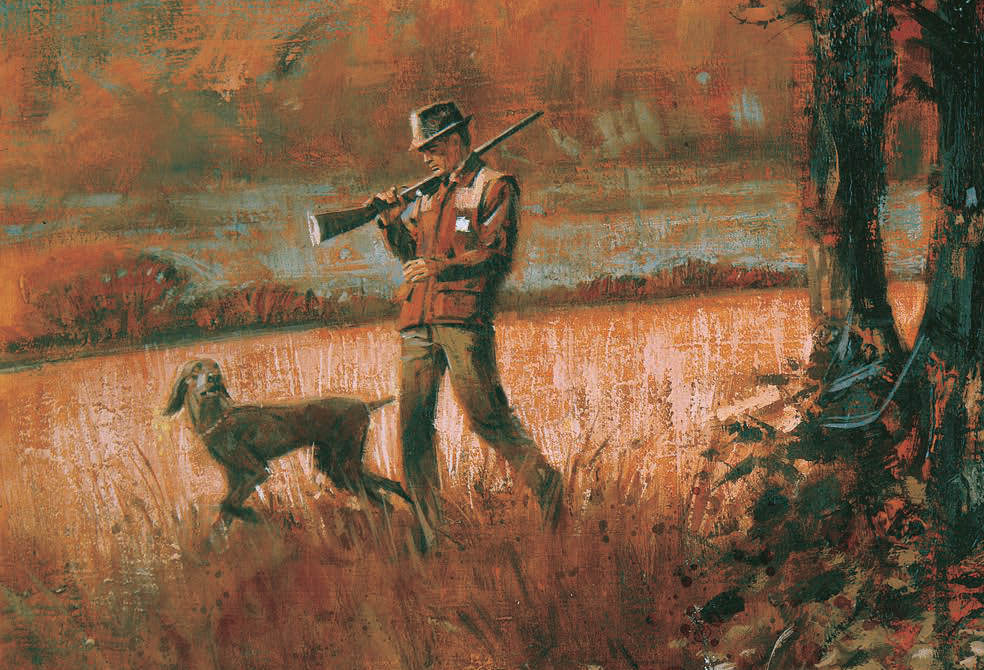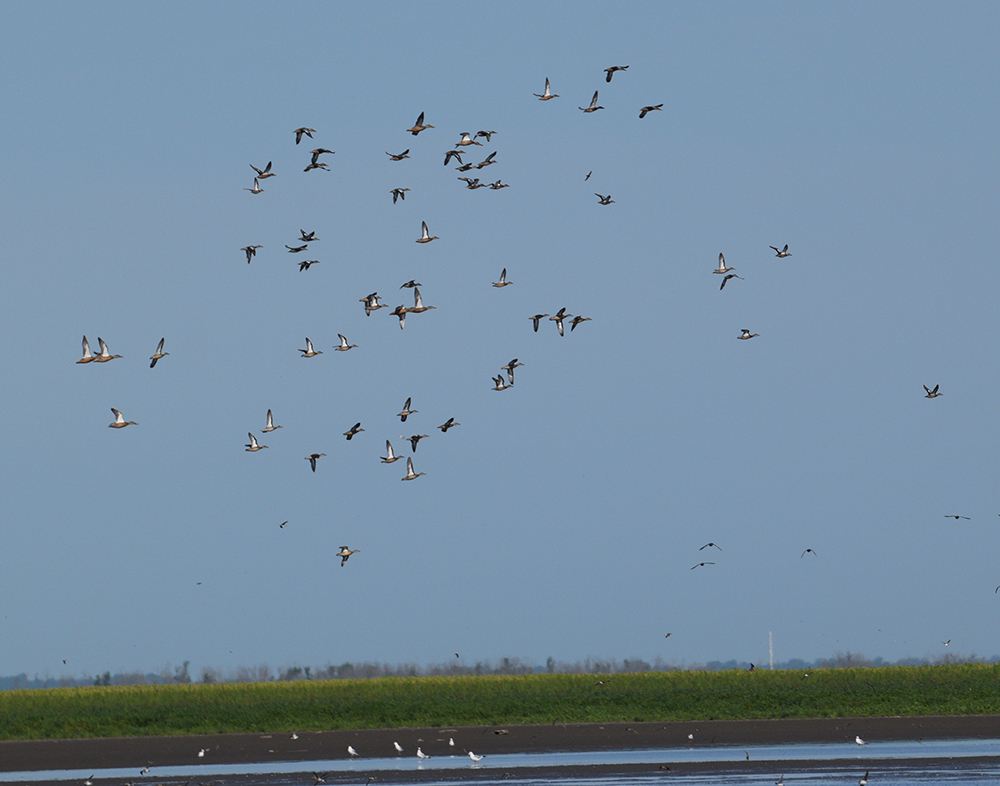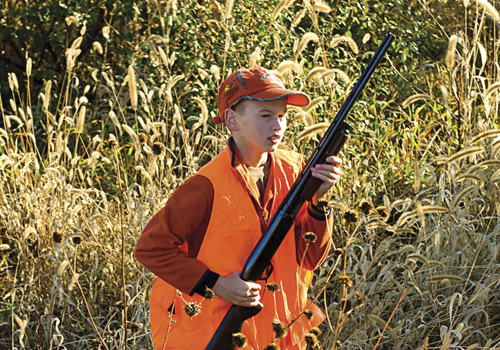There is a special magic to be found in hunting this majestic bird with grouse dogs and good friends through a joyous palette of autumn colors.
I never intended for grouse hunting to become such a passion. Only now, after more than 40 years of joyously stumbling about in pursuit of this magnificent bird—mostly in the rugged, beautiful, up-and-down country of the Appalachian foothills in Kentucky and Ohio—is it finally clear that this infatuation I am going to tell you about began with a single flush.
I was 14, on an August squirrel hunt with my father in northeastern Kentucky, when the focus of my lifelong passion exploded from a cedar thicket bordering an old wagon trace I was traveling. I remember every detail as if it had happened only yesterday, and I consider that place in those beloved woods to be quite sacred.
My father called the rust-colored rocket that flushed off the toes of my boots a “pheasant,” or a “mountain pheasant,” as he later named it. It would be another 11 years before that first encounter with the ruffed grouse (Bonasa umbellus) would connect to a way of life I was immediately attracted to in a handful of books I’d purchased from the Field & Stream Book Club.
Those all-important first volumes were: Grouse and Grouse Hunting by Frank Woolner (1970), Grouse Feathers and More Grouse Feathers by Burton Spiller (1972), William Harnden Foster’s New England Grouse Shooting (1970), Where the Pools are Bright and Deep (1973), a slim volume of lyrical essays by Dana Storrs Lamb that includes the now-famous “Grouse Gunner’s Prayer,” and George Bird Evans’ The Upland Shooting Life (1971).
These books served as my earliest mentors. While reading them I remembered the thrill of that first flush—I think I knew even back then there was something special about grouse, something important that had been communicated through the excitement in my father’s voice, something that bordered on magic, perhaps.
At the time I did not know anyone who actually hunted grouse in the foothills of the Appalachians, or anywhere else for that matter. More often than not when I mentioned grouse hunting to other hunters, they would simply say they had “jumped a few” over the years while deer hunting over in eastern Kentucky, but they had never actually hunted them. Most just shrugged and said the flush of a grouse always startled them so badly they couldn’t even imagine being able to get the gun to their shoulder in time to take a shot before the bird was “up and gone.”
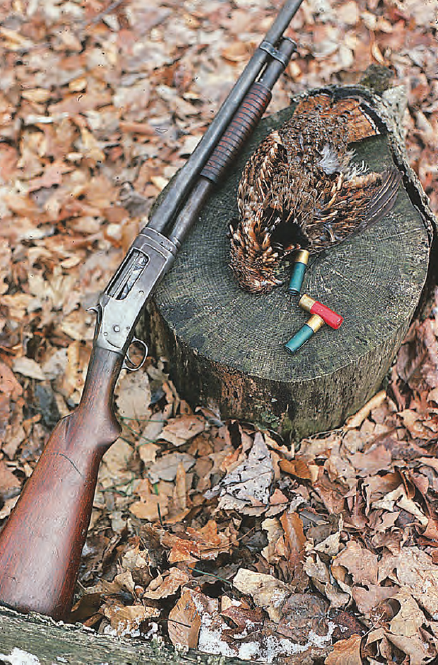 I do remember my father and a quail hunting buddy taking a grouse on an outing in northeastern Kentucky. In preparation for that trip, Dad spent many evenings studying and making cryptic pencil marks in the margins of several well-creased topographical maps. When I asked to go along, he said I wasn’t old enough or strong enough to make the hunt. The country he described, as I would come to know it many years later, is steep and rocky, with cedar thickets and woods littered with blowdowns, all tangled up in honeysuckle and wild grapevines; in other words, perfect grouse cover.
I do remember my father and a quail hunting buddy taking a grouse on an outing in northeastern Kentucky. In preparation for that trip, Dad spent many evenings studying and making cryptic pencil marks in the margins of several well-creased topographical maps. When I asked to go along, he said I wasn’t old enough or strong enough to make the hunt. The country he described, as I would come to know it many years later, is steep and rocky, with cedar thickets and woods littered with blowdowns, all tangled up in honeysuckle and wild grapevines; in other words, perfect grouse cover.
Nevertheless, as a way of being part of the grouse hunt, I suppose, I got up early that Saturday, ate breakfast with Dad and then helped carry his gear to the front porch where we waited on his buddy to arrive. With his gear stowed in the pickup, Dad said he would do his best to bring back a grouse. I remember an eager English setter whimpering in a dog-box, his tail thumping against the sidewalls as I waved goodbye and began the long vigil of waiting for Dad’s return. And I recall spending most of that day reading outdoor magazines, imagining what a grouse hunt might be like in those faraway hills, and staring out the front picture window while anticipating their homecoming, which couldn’t come soon enough for a kid consumed by a love of hunting.
Dad arrived home well after dark but with nary a grouse. But they had flushed a few, he said, and that seemed to justify the trip. Indeed, it is a response I would give many times in the seasons ahead, when I, too, would return home in the dark without so much as a feather in my vest. But we had “flushed a few,” I would tell my wife, and I was happy, too, just as my father had been, to have spent the day in good country with likeminded friends who also treasured the possibility of just flushing a grouse, which has always seemed to be enough.
I would not kill my first grouse for many years. It happened, indeed, quite perfectly, on a hunt with my father and Lady—my first bird dog, an orange-and-white Brittany out of southern Ohio grouse dogs—and not more than 50 yards from where I saw that first grouse.
We had hunted most of the morning without finding any birds, even down in the cedars along the ridge that protected a tumbled-down old house where grouse seemed to gather. We kept moving along, following the ridge, and we stopped to drink from our canteens in a favorite grove of old beech trees. When we started out from there, the grouse flushed from behind a downed treetop, well ahead of Lady, and somehow I managed to shoulder the Ithaca 20-gauge pump and kill the bird before it made it to the top of the ridge.
Dad and I hooted and hollered when the bird tumbled down. As it would be for the rest of my days, a still-warm grouse in the hand was mesmerizing. We inspected that grouse thoroughly—I believe that was the first and last time my father ever held a grouse in his hands—and we checked the contents of its craw; there were a good many wild grapes, a beechnut or two and an assortment of twigs and greenery.
When we were done, I dressed the bird, and then Dad folded its wings and placed it in the back of my vest. We called Lady and made our way around the ridge to where the car was parked. We leaned against the front fenders and smoked cigars, my father and I, sipping coffee from our dented thermos cups. We drank in this beloved country, remembering to one another what it meant to us and saying just how much we had loved being there together…there among the grouse.
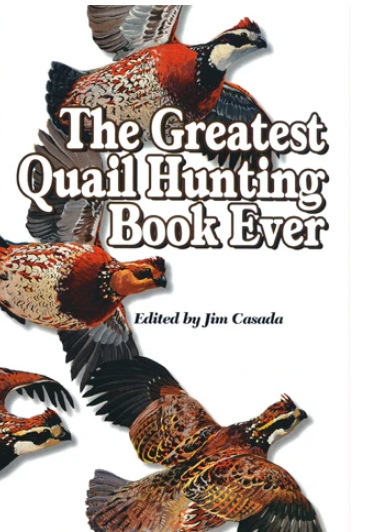 This fascinating anthology showcases 38 wonderful stories from those halcyon days when sporting gentlemen pursued the noble bobwhite quail with their favorite shotguns and their elegant canine companions.
This fascinating anthology showcases 38 wonderful stories from those halcyon days when sporting gentlemen pursued the noble bobwhite quail with their favorite shotguns and their elegant canine companions.
The 368-page book opens with compelling tales by the literary giants from quail hunting’s golden era, including Nash Buckingham, Robert Ruark, Havilah Babcock, Archibald Rutledge and Horatio Bigelow.
The book’s second section presents reminiscences by sporting scribes of the modern era, among them Jack O’Connor, Gene Hill, Joseph Greenfield, Dave Henderson, and Mike Gaddis. The third section is comprised of unforgettable short stories on quail hunting and bird dogs by James Street, Bob Matthews, Dan O’Brien and Caroline Gordon.
Will the sweet sound of whistling wings, the heart-stopping beauty of a sunset point, the timeless partnership of a man and a dog wise in the ways of wild birds ever return? Perhaps, but for now we can rejoice in the fact that we can, through the writings of some of the finest sporting scribes America has ever produced, experience those golden days vicariously. Buy Now

